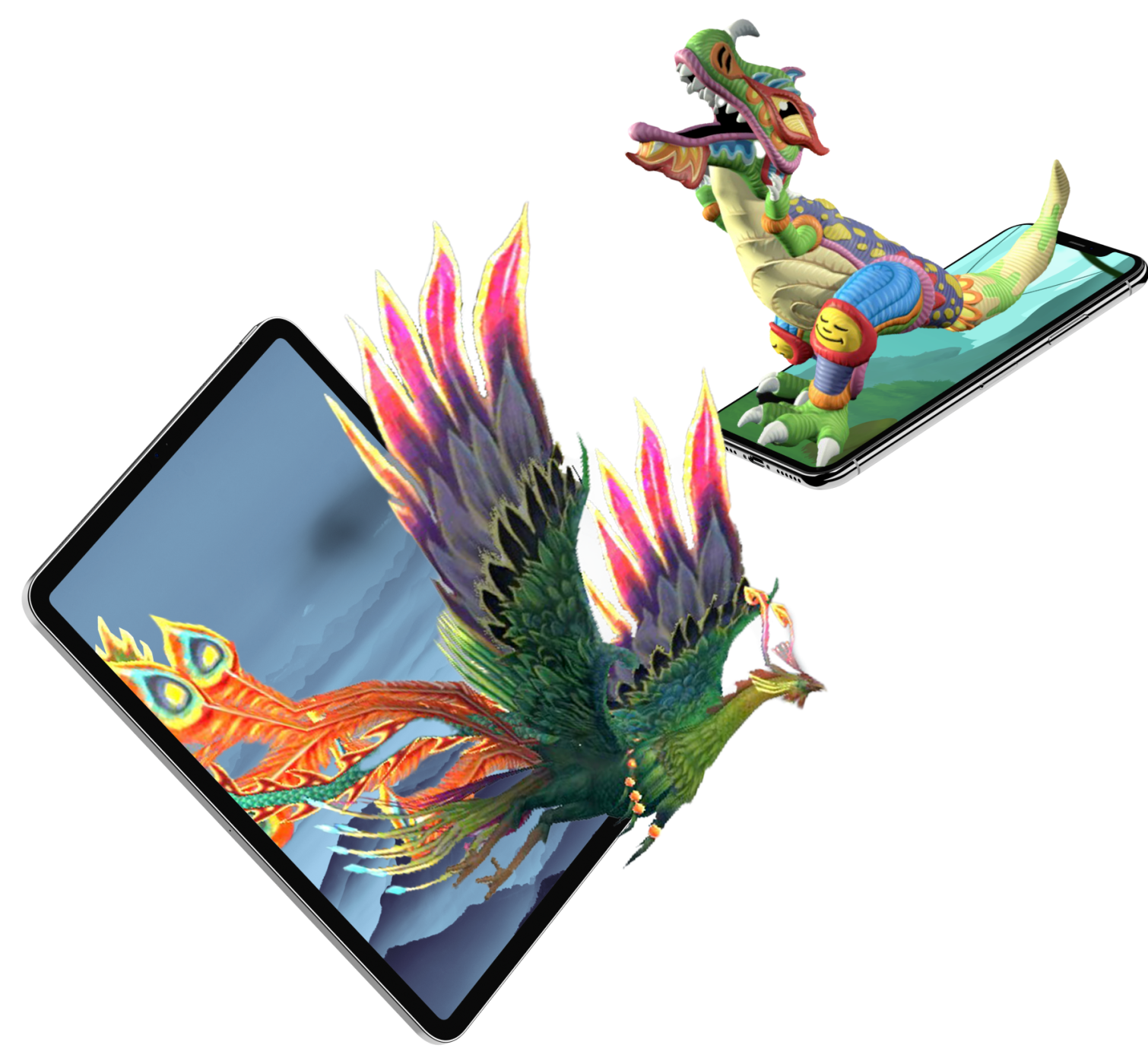Connecting with Voters via Connected TV in and Out-of-Home Advertising
In today's digital age, political campaigns are evolving, and new technologies are reshaping how political candidates connect with voters. One such innovation is Connected TV (CTV), a crucial platform for delivering political ads to potential voters during election cycles. As streaming platforms continue to gain popularity, CTV allows campaigns to combine the reach of traditional television with the precision of data-driven advertising. Integrating CTV within and out-of-home advertising offers a powerful way to reach a diverse voter base with relevant messages.
Understanding Connected TV
Connected TV refers to devices allowing viewers to stream internet content on their television screens, including smart TVs, streaming devices like Roku or Amazon Fire Stick, and gaming consoles. Unlike traditional linear TV, which broadcasts the same content to all viewers, CTV allows political campaigns to deliver highly targeted ads to specific audiences.
With the 2024 election on the horizon, candidates can no longer rely solely on traditional methods to reach voters. The rise of streaming services and the decline of linear TV viewership have made CTV a vital channel for political advertising campaigns.
The Power of Data-Driven Campaign Strategies
One of CTV's primary advantages is its ability to deliver data-driven advertising. Campaigns can target potential voters based on various factors such as demographics, geographic location, past voting behavior, and even viewer preferences for specific content genres. This precision ensures that political ads are shown to voters most likely influenced by the message, optimizing campaign budgets for maximum impact.
Unlike traditional TV, which offers limited targeting options, CTV platforms allow for real-time adjustments and optimization. For instance, candidates can adjust their messaging during an election cycle based on current polling data, making their ads more relevant to voters' evolving concerns. The flexibility of CTV also allows campaigns to test multiple versions of an ad to determine which message resonates most with viewers.
Reaching Voters Beyond the Living Room
Out-of-home advertising (OOH), including billboards, transit ads, and digital screens in public spaces, has long been a staple of political campaigns. However, when combined with CTV, OOH advertising takes on a new level of effectiveness. By synchronizing messaging across CTV and OOH platforms, campaigns can create a seamless experience for voters, reinforcing key messages no matter where they are.
For example, imagine a voter seeing a political ad on their CTV device at home and then encountering a similar message on a digital billboard during their commute. This multi-channel approach reinforces the campaign's message, increasing the likelihood that it will stick in the voter's mind. Studies show that combining CTV with OOH advertising can increase brand recall and engagement, making it a highly effective strategy for political campaigns.
Augmented Reality and the Future of Political Ads
In addition to traditional and digital out-of-home advertising, augmented reality (AR) is emerging as a cutting-edge tool in political campaigns. AR technology can enhance billboard and transit ads by creating interactive experiences that engage voters in new ways. For example, an AR billboard might allow voters to scan a QR code to access exclusive campaign content, such as a message from the candidate or an interactive map showing polling locations.
AR's ability to merge the digital and physical worlds offers political campaigns a unique way to create memorable, immersive experiences for voters. This innovative approach not only helps campaigns stand out from the competition but also engages voters more meaningfully.
The Benefits of Ad-Supported Streaming Services
While streaming platforms like Netflix and Disney+ have traditionally been ad-free, the rise of ad-supported streaming services has opened up new opportunities for political advertising. Platforms like Hulu and Peacock offer lower-cost subscription options that include ads, providing campaigns with additional ways to reach viewers who may need tuning into traditional TV.
Ad-supported streaming services allow campaigns to reach viewers who are more likely to engage with the content. These platforms typically offer higher engagement levels than traditional TV, as viewers actively choose the content they want to watch. This means that political ads served on these platforms are more likely to capture the attention of potential voters.
Real-Time Insights and Campaign Optimization
One key advantage of CTV is the ability to track real-time data on ad performance. Campaigns can access detailed insights on how voters are engaging with their ads, including metrics like viewability, completion rates, and even social shares. This data allows campaigns to make informed decisions about optimizing their ads for better performance.
For instance, if a particular ad isn't resonating with a target audience, campaigns can quickly swap it out for a different version. The ability to test and iterate on creative in real time ensures that campaigns can respond to changes in voter sentiment and stay ahead of the competition.
Targeting Key Demographics and Geographic Locations
CTV offers unparalleled opportunities for geographic and demographic targeting. For example, during a statewide campaign, a candidate could deliver different ads to urban and rural voters, each focusing on issues relevant to those specific areas. This level of personalization is nearly impossible to achieve with traditional TV ads.
In addition, CTV platforms can target specific demographics such as age, gender, and household income, ensuring that political ads reach the most relevant voters. For campaigns seeking to connect with younger voters, who are increasingly abandoning traditional TV in favor of streaming services, CTV offers a direct line to this critical demographic.
Conclusion: The Future of Political Advertising
As the 2024 election cycle approaches, political candidates must adopt new technologies to stay ahead. Connected TV, combined with in and out-of-home advertising, offers a powerful way to reach and engage voters across multiple touchpoints. By leveraging data-driven insights, augmented reality, and real-time optimization, campaigns can deliver more effective and personalized political ads.
In a world where potential voters are bombarded with information, cutting through the noise with targeted, engaging, and innovative advertising strategies is key. Connected TV and its integration with other advertising formats represent the future of political campaigns, helping candidates connect with voters like never before.
TALK TO A PRO
We're here to bring your brand to life!
Stay Connected with BrandXR
Create Augmented Reality for Free!
Create, Publish, and Measure 3D Augmented Reality Experiences Without Having to Code.














